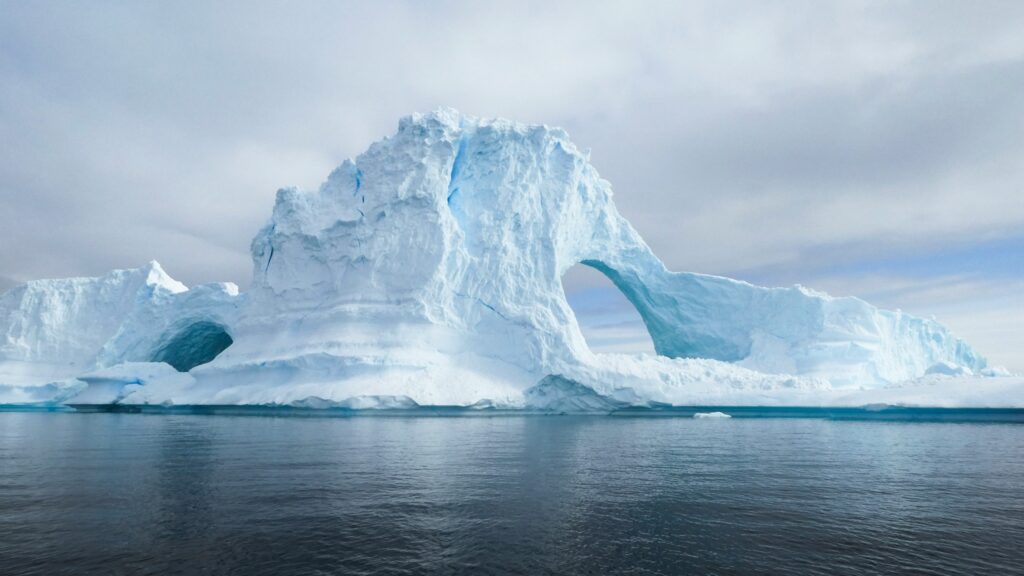Arctic sea ice loss has nearly stalled since 2005, puzzling scientists who expected faster decline as global emissions kept increasing.
Despite more trapped heat from fossil fuels, natural ocean current shifts appear to have temporarily reduced the pace of melting.
Experts caution this lull is short-lived. Within five to ten years, melting is likely to return at an accelerated speed.
Still a Serious Decline
Satellite data show September sea ice levels are already half of what they were in 1979, proving long-term decline is severe.
Scientists stress the Arctic is not recovering. Ice-free summers remain probable this century, threatening ecosystems and accelerating global warming effects.
Loss of reflective ice exposes dark seas, allowing oceans to absorb more heat and worsen the impact of climate change.
Lead researcher Mark England said the temporary slowdown may feel like a reprieve but does not alter the overall trajectory.
Evidence from Research
The study analyzed more than four decades of observations and thousands of model simulations, all showing slowdowns appear naturally but rarely last.
Climate models consistently project that after each pause, Arctic sea ice loss resumes, often at nearly double the long-term speed.
Additional monitoring highlights shrinking thickness. Since 2010, October ice has thinned by nearly a centimeter every two years on average.
Past global warming trends also saw temporary “pauses,” yet Earth kept storing heat, leading to renewed rises in surface temperature.
Urgent Message
Researchers underline that climate change remains real, human-driven, and dangerous. The apparent slowdown is no reason to delay global action.
They warn the findings could be misrepresented, fueling climate skepticism if not explained carefully to the public.


